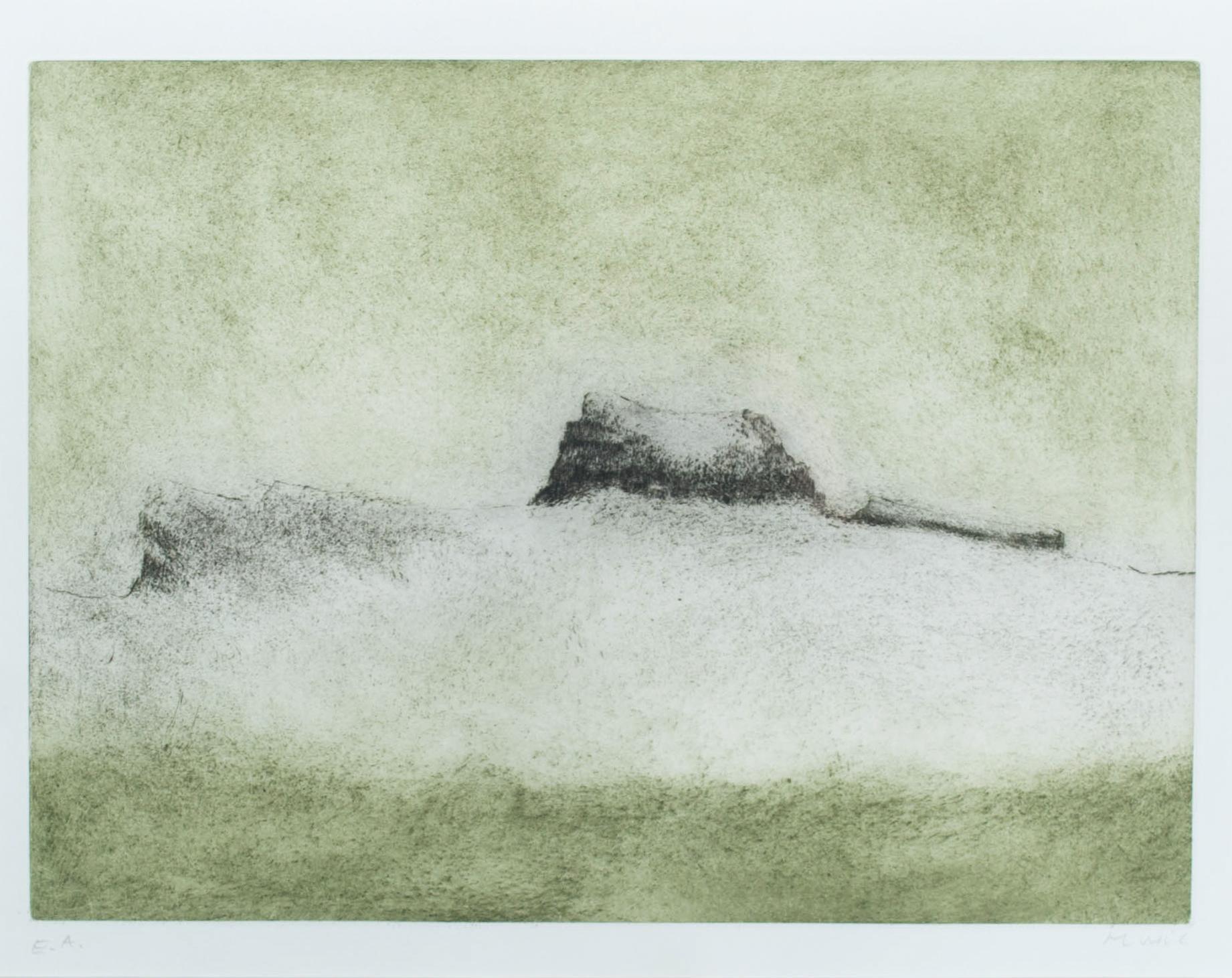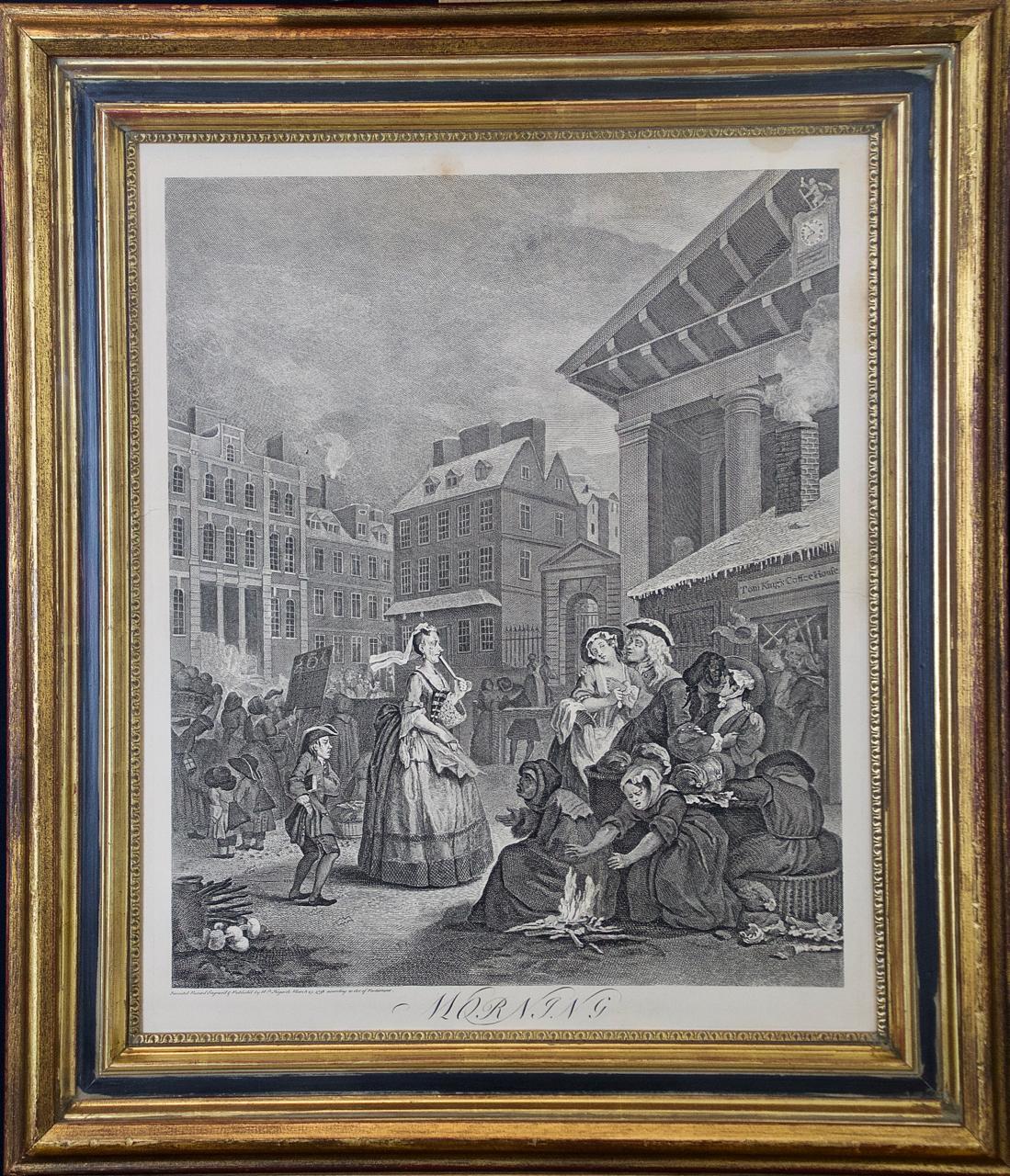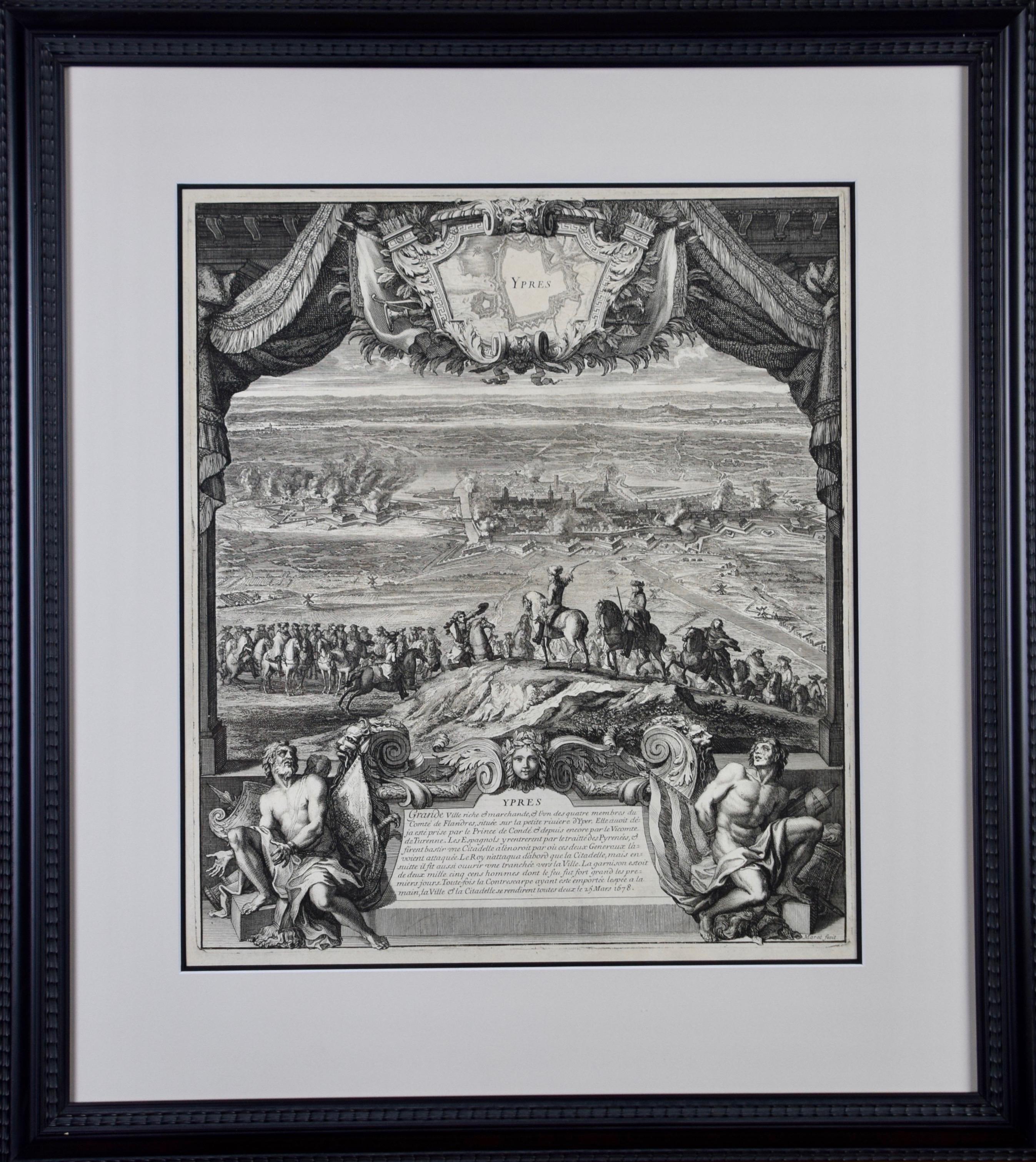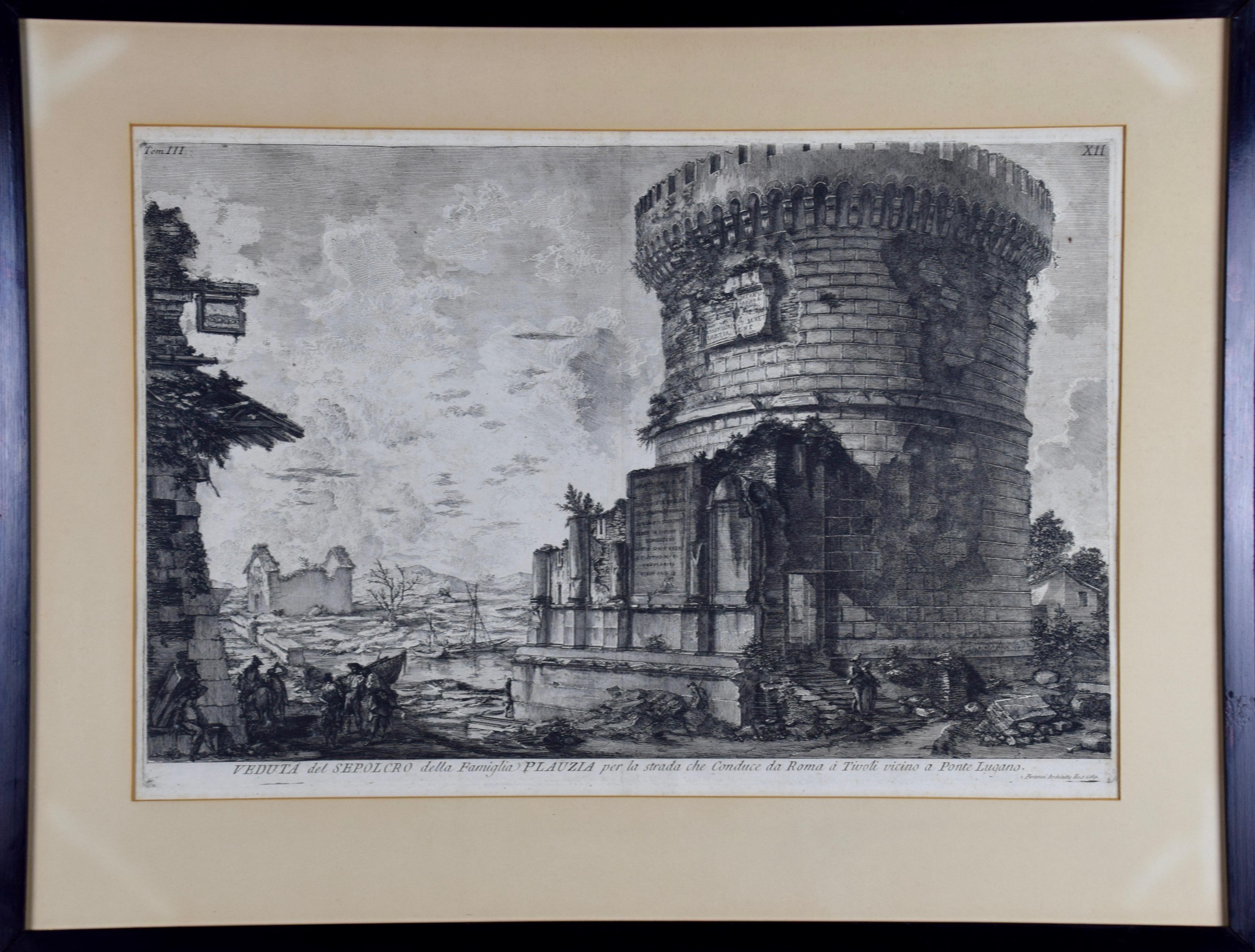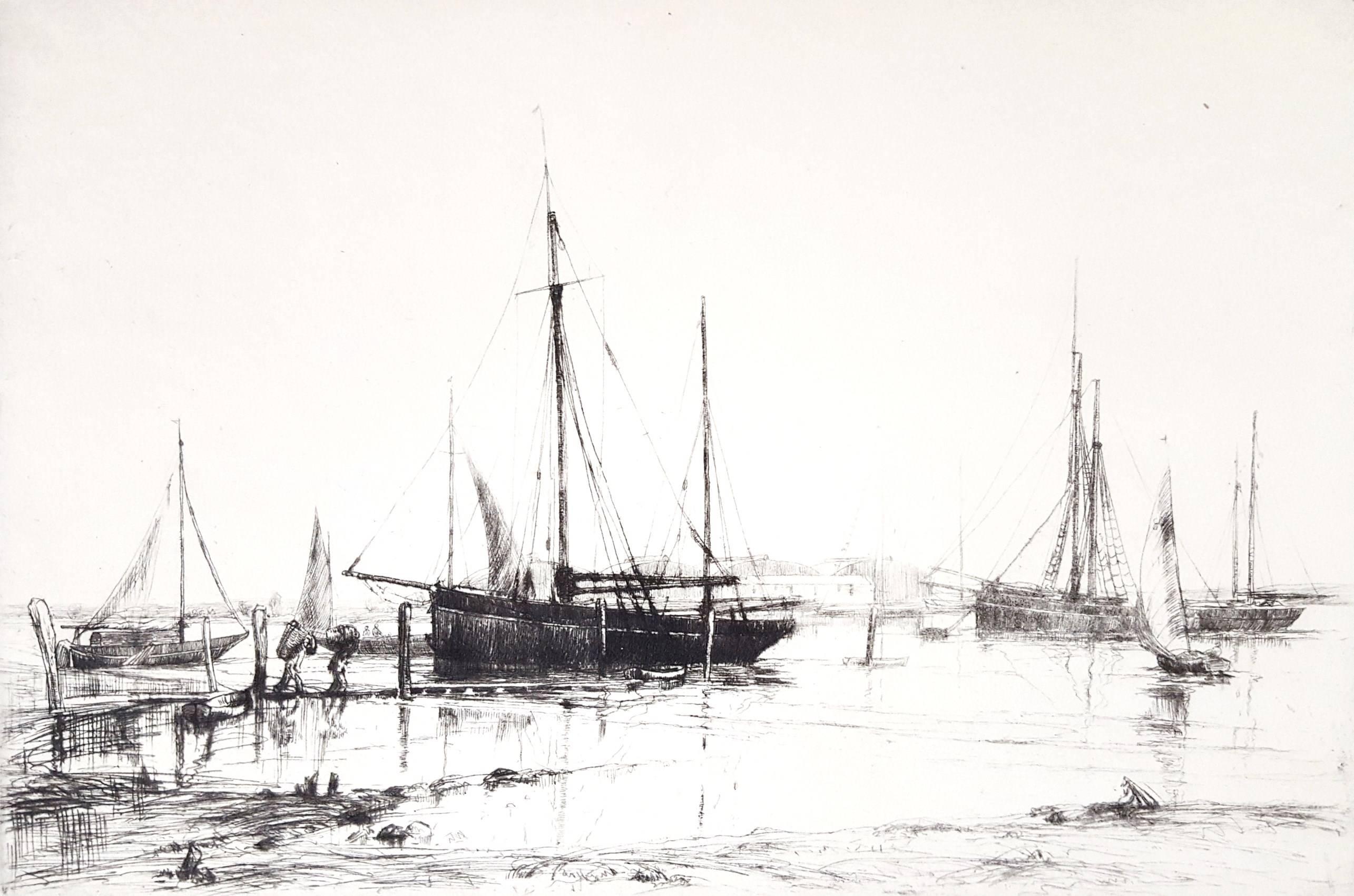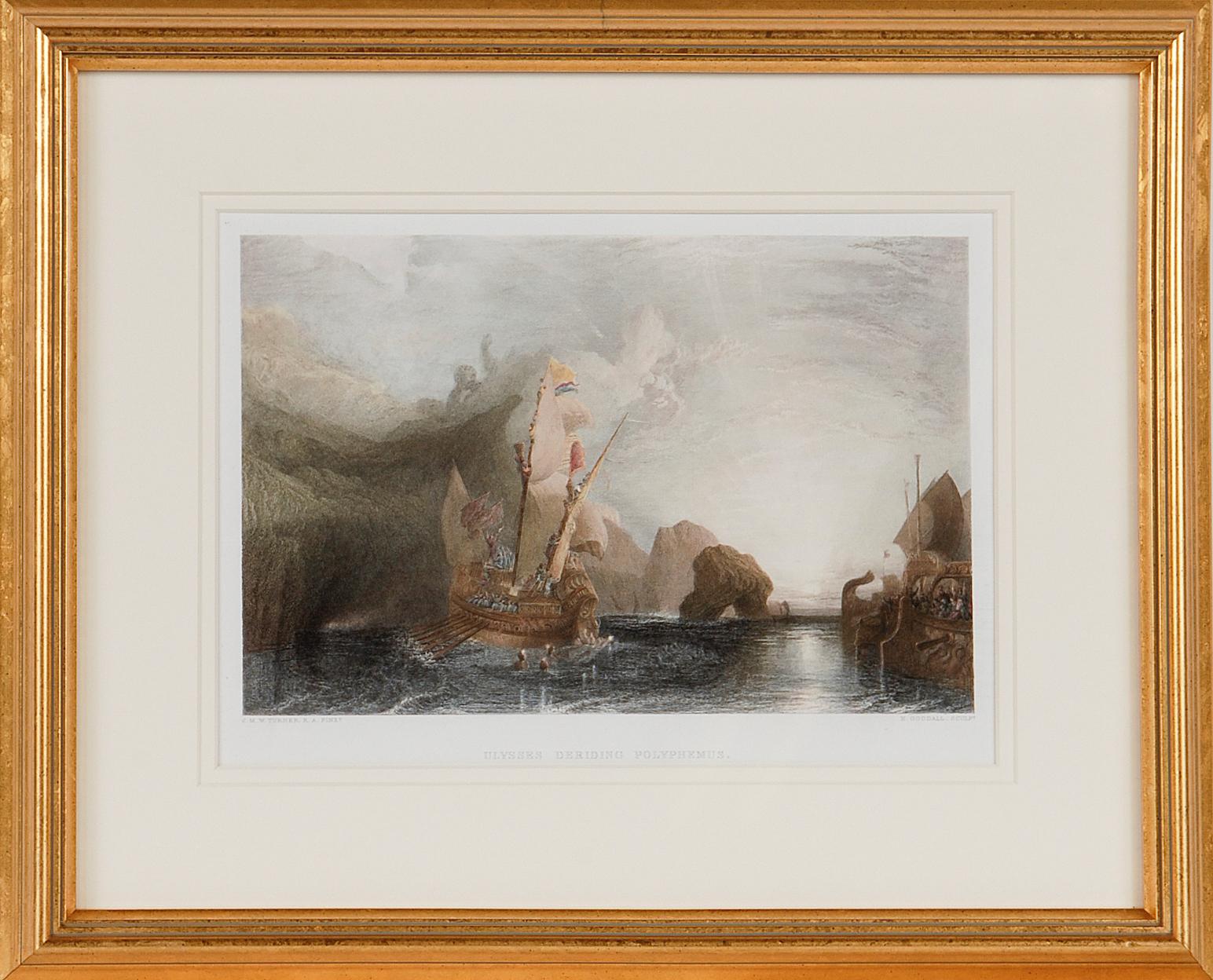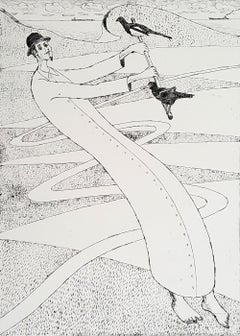
Diepe. Urbs Diepa nobilis Galliae portus.
View Similar Items
1 of 4
Huych Hugo AllardDiepe. Urbs Diepa nobilis Galliae portus.circa 1660
circa 1660
About the Item
- Creator:Huych Hugo Allard (1625 - 1691)
- Creation Year:circa 1660
- Dimensions:Height: 16.54 in (42 cm)Width: 20.99 in (53.3 cm)
- Medium:
- Period:
- Condition:Original middle fold. Light paper separation in top and lower middle fold, consolidated with acid free tape. Diagonal crease in left part of print. A few pinholes. Paper edges with some chipping.
- Gallery Location:Zeeland, NL
- Reference Number:Seller: 63305 B60-051stDibs: LU59232250243
You May Also Like
- Cinque TorriBy Zoran Antonio MusicLocated in Ljubljana, SICinque Torri. Original color drypoint and etching, 1975. Edition of 100 signed and numbered impressions on Arches paper. Zoran Mušič is one of the most celebrated Slovenian artists,...Category
1970s Post-Modern Landscape Prints
MaterialsDrypoint, Etching
Price Upon Request - AverauLocated in Ljubljana, SIOriginal color drypoint and etching, 1975. Edition of E.A. (artist’s proof) signed and numbered impressions on Arches paper. Zoran Mušič is one of the most celebrated Slovenian artis...Category
1970s Contemporary Landscape Prints
MaterialsDrypoint, Etching
Price Upon Request - Mountebank - XXI Century, Contemporary Figurative DryPoint Etching PrintBy Czeslaw TumielewiczLocated in Warsaw, PLPolish painter and graphic designer, Czeslaw Tumielewicz was born in 1942. In 1968, he studied at the Architecture faculty of Gdank, before continuing his course at the Technical Un...Category
2010s Contemporary Figurative Prints
MaterialsPaper, Etching, Drypoint
- Views of London: A Pair of Framed 19th Century Engravings by Havell and AllomLocated in Alamo, CAThis is a pair of framed hand-colored prints, both utilizing engraving and etching techniques, depicting two London architectural landmarks: "The National Gallery, Charing Cross" and "Covent Garden Market" from the Stationers' Almanac, published in London by J. Robins & Sons in the early 19th century. Both of these prints show vibrant London street scenes with markets, carriages, common people as well as the wealthy in the foreground of "Covent Garden Market" and wealthy well dressed people, carriages, a begger, street merchants, as well as uniformed military on horseback in the foreground of "The National Gallery". "The National Gallery, Charing Cross" was created by James Sands from a painting by Thomas Allom (1804-1872), published in 1836. "Covent Garden Market" was created by Frederick James Havell (1801–1840/41) after a painting by William Havell...Category
Mid-19th Century Naturalistic Landscape Prints
MaterialsEtching, Engraving
- Four Framed Hogarth Engravings "Four Times of the Day"By William HogarthLocated in Alamo, CAThe four plates in this "Four Times of the Day" set were created utilizing both engraving and etching techniques by William Hogarth in 1738. Hogarth's original copper plates were refurbished where needed by James Heath and these engravings were republished in London in 1822 by Braddock, Cradock & Joy. This was the last time Hogarth's original copper plates were used for printing. Most were melted down during World War I for the construction of bombs. Printed upon early nineteenth century wove paper and with large, full margins as published by William Heath in 1822. The inscription below each print reads "Invented Painted & Engraved by Wm. Hogarth & Publish'd March 25. 1738 according to Act of Parliament". These large folio sized "Four Times of the Day" engravings/etchings are presented in complex gold-colored wood frames with black bands and scalloped gold inner trim. A majority of each thick impressive frame is covered with glass applied near the outer edge. Each frame measures 25.75" high, 22.25" wide and 1.88" deep. There are a few small dents in the edge of these frames, which are otherwise in very good condition. "Morning" has two focal areas of discoloration in the upper margin and some discoloration in the right margin, a short tear in the left margin and a short tear or crease in the right margin. "Noon" has a spot in the upper margin that extends into the upper image, but it is otherwise in very good condition. "Evening" has a faint spot in the upper margin, but it is otherwise in very good condition. "Night" is in excellent condition. The "Four Times of the Day" series is in the collection of many major museums, including: The British Museum, The Metropolitan Museum of Art, The Tate Museum, The Chicago Art Institute and The Victoria and Albert Museum. Through this series Hogarth is portraying early 18th century London street life at "Four Times of the Day". His characters are exhibiting their personalities, quircks, strange activities, but he also wants to draw attention the disparities between the wealthy aristocracy and the common working class. Plate 1, "Morning" depicts morning in Covent Garden in the winter in front of Tom King...Category
Mid-18th Century Old Masters Landscape Prints
MaterialsEngraving, Etching
- Daniel Marot's The Siege of the Dutch Fortified City of Ypres by Louis XIVBy Daniel MarotLocated in Alamo, CA"Ypres, Grand Ville Riche & Marchande" is an engraving and etching by Daniel Marot (le Vieux) (1661–1752). It depicts a view of the siege of the city of Ypres and its citadel on the left in the Spanish Netherlands by Louis XIV's troops. This battle took place between March 18 and March 25, 1678, as part of the Franco-Dutch War. Marot illustrated in great detail (best appreciated with magnification) the French attack on the strong pentagonal citadel on the extreme left, which had been built recently in anticipation of a French attack. The trenches built by the French approaching the town are seen on the right. King Louis XIV can be seen in the foreground surveying the battle mounted on his white horse, surrounded by his officers and troops. The print is presented in an attractive ornate black wood frame with a cream-colored double mat with a black inner trim. It is glazed with plexiglas. The frame measures 25.38" x 22.63" x .88". The engraving, frame, mat and glazing are in excellent condition. Artist: Daniel Marot (1661–1752) was also called "Le Vieux". He was the son of the famous architect, Jean Marot. Marot had diverse interests and talents. In addition to his art, he designed garden projects, architectural ornaments, furniture, and even upholstery. Marot as a Huguenot protestant was forced to leave France in 1685 following the revocation of the Edict of Nantes. He emigrated to Holland, where he worked for William of Orange (an arch enemy of his former employer Louis XIV). Marot was largely responsible for the interiors of Williams palace at the Loo. In 1694 he went Britain as William had married Queen Mary and he had become King William III of England. He later returned to Holland in about 1698 and died in the Hague in 1752. He left a lasting legacy on the decorative arts in the Netherlands, where his grand version of the Louis XIV style remained popular into the 1730s. Historical Background: In October 1677, Mary Stuart, niece and possible successor of Charles II of England, married Louis XIV's arch enemy William III of Orange...Category
Late 17th Century Old Masters Landscape Prints
MaterialsEngraving, Etching

